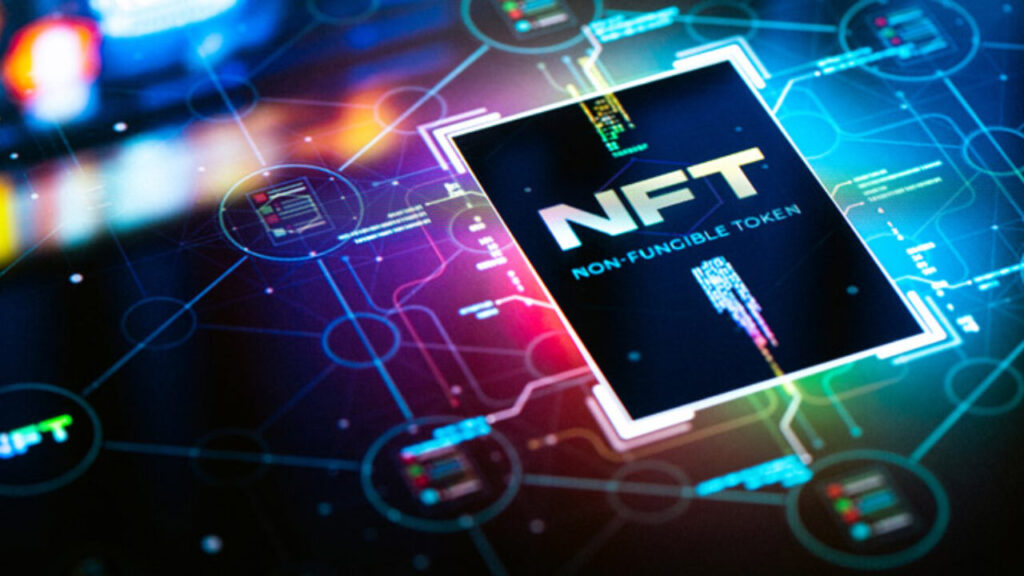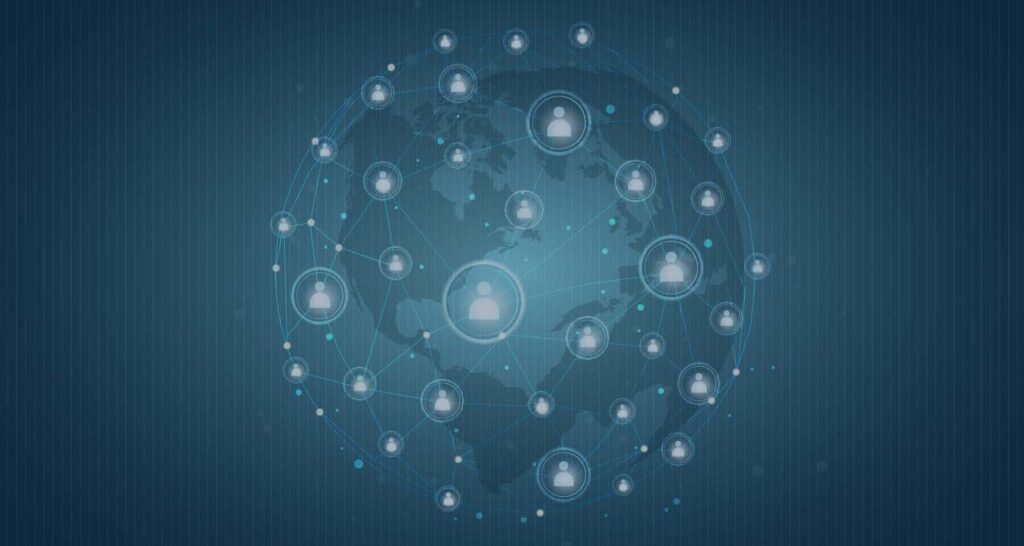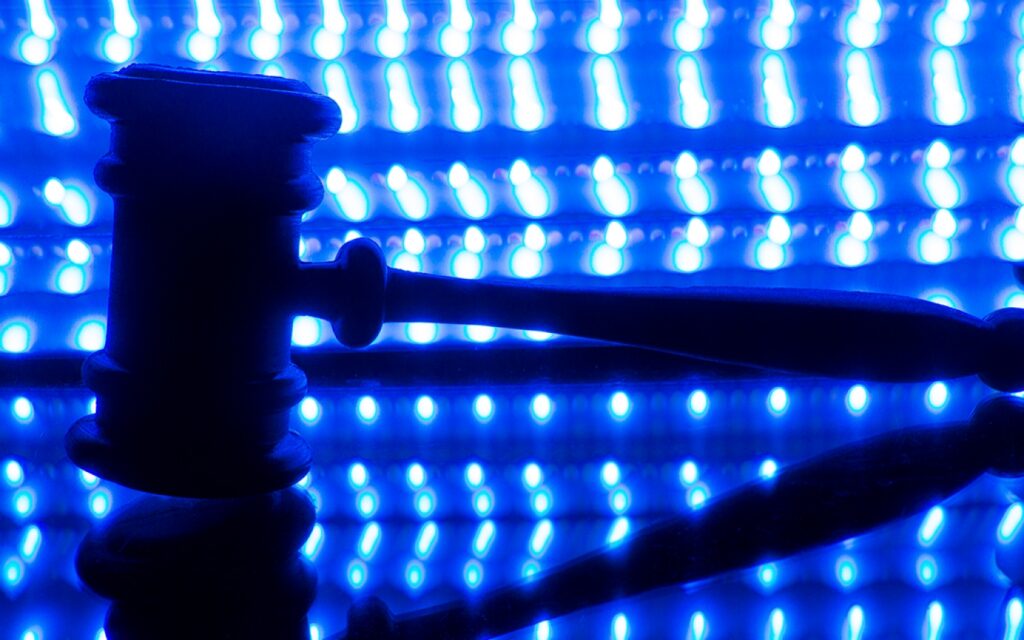There has been growing talk surrounding Web 3.0 and it’s future in our homes and offices. The introduction of deep machine learning capabilities, artificial intelligence (AI), and decentralization are all part of the building blocks that help make up the larger foundations of Web 3.0. With much of the third generation of the internet still under construction, small-scale startups and tech giants are fast-tracking the development of tools and resources that will look to commercialize advanced Web 3.0 technologies allowing consumers and private entities to utilize these capabilities more freely.
While we still have a lot to learn before we can see full-scale deployment, in the coming years, the internet will be more than a place of multimedia communication, but instead transform into a virtual world that makes use of deep machine learning and other similar technologies to help establish the next stage of user experience.
On the back of this rapid modernization, issues related to over-consumerism and sustainability have led to environmental organizations pushing back against the ideology on which Web 3.0 has been found. Energy consumption has been the biggest headache for Web 3.0 and blockchain enthusiasts. Figures estimate that once a blockchain network reaches a critical number of nodes, mining activity tends to take off sharply, increasing energy consumption. The Bitcoin Blockchain for example, uses around 204.5 TWh of electricity every year, comparable to the total electricity consumption of a country the size of Thailand.
On top of this, there are also safety and security issues that have left many questions unanswered. The rise of cybercrime in recent years has created a digital epidemic, threatening the widespread success of Web 3.0 in the coming years. While progress has not been without major headwinds, the coming year presents a promising array of exciting developments that will help pull the Internet of Things into the next generation of modernization.
Here’s a look at Web 3.0 trends for 2023 worth getting excited about.

Useful NFTs
Non-fungible tokens are unique tokens that exist on a blockchain. Unlike cryptocurrencies, for example, where millions of identical tokens may exist on the chain, an NFT can represent something unique. Most people have probably heard of NFTs as pieces of computer artwork that frequently sold for thousands or millions of dollars.
Enabling digital art sales is only one use case for them, however, and those who believe in the future of a decentralized web3 say that their true value will lie in tokenizing items, data, and even ideas in the digital and physical domains. NFTs in the decentralized internet might be key to unlocking and interacting with the digital products and services we buy. They also represent contracts we enter into with other parties to acquire goods and services (smart contracts) or the keys to our virtual metaverse houses.
In 2023, the emphasis will be on NFTs that “do something” – sometimes known as “utility NFTs” rather than NFTs that simply represent virtual works of art or similar. Hopefully, this will lead to a change in perception of this potentially highly transformative technology and a better understanding of where they fit into the nascent Web3 ecosystem.

Decentralized Social Networks
Social media companies have come under scrutiny in the last few years as consumers and authorities are concerned about the level of influence and access these companies have to consumers’ private data and information. Web 3.0 promises to bring to life the next era of social media and social networks, operating completely decentralized.
Throughout 2022, Project Liberty has been making progress in developing a global social network that utilized Decentralized Social Networking Protocols (DSNP). The most recent executive announcement saw Project Liberty welcoming MeWe, a 20-million-member social network that plans to integrate and utilize DSNP.
Despite the positive progress, social media giants such as Meta have been working on getting on board with Project Liberty, looking to take advantage of the Metaverse and decentralized systems altogether to draw in consumer interest.

A “Greener” Web3
The coming year will see Web 3.0 developers and enthusiasts move towards improving and upscaling their greenification of the internet as it evolves. Over the course of its development, several climate advocacy groups and some well-known Web 3.0 enthusiasts have been concentrating more energy to reduce the environmental impact Web 3.0 and blockchain technology have.
Perhaps the most notable green effort was Ethereum Merge, where the blockchain switched from Proof-of-Work to Proof-of-Stake. The switch reduced the network’s energy usage by more than 99.5%. In the coming year, we hope to see more environmental and climate efforts from tech startups and corporate giants as they pursue a Web 3.0 revolution.

Low Code Application Software
In the coming year, we could see Web 3.0 minimize the need for complex coding software programs, allowing ordinary users and inexperienced coders to build applications faster through drag-and-drop commands.
While this is already present today, as we see with DIY website building software, Web 3.0 will only help to improve existing systems, improving the user interface and the overall user experience.
With less coding and no-coding software, businesses and startups will also enjoy several benefits, including free-flowing access to technology that can help them scale up their operations and customer outreach.

Government Intervention and Regulation in Web3
With Web 3.0 becoming more apparent, we could see more interest from government and national authorities to develop policies or regulations that could help build Web 3.0-friendly regions across several parts of the world. While this is a global effort to bring Web 3.0 to the forefront of modern communication, regions will govern local legislative regulation to allow for broader acceptance of integrated software tools.
We’re already seeing several countries recognize the capabilities of Web 3.0, the blockchain, and cryptocurrencies, introducing development efforts that can help drive innovation such as digital currencies, faster blockchain exchanges, and safer decentralized financial systems. Regardless of the direction in which governments look to move, the basis of Web 3.0 is to ensure fair, equitable, and flexible access for all consumers across a global system of users.
Looking Forward To An Exciting Future
The coming year will be another exciting couple of months for Web 3.0 development as advocates build the necessary tools that will only help increase widespread utilization and flexible access to services and products that were once only available to selected groups.
While there is still a lot of work that needs to be done before we can call Web 3.0 a perfect combination of technological and human innovation, ongoing difficulties such as irregular distribution access and cybersecurity concerns will need to be resolved in due time to offer a more inclusive and safe online ecosystem.
Considering the work that has already been done, and looking forward, it’s an exciting time to be right amid a technological boom that will shape the future of software, the internet, and human capabilities.

